Mein erstes Buch! Also nicht das erste Buch in meinem Leben 🙂 sondern mein erstes selbst hergestelltes Buch. Vielen Dank Frauke, für den tollen Einsteigerkurs!
Front: Japanpapier Chiyogami, Rückseite und Buchrücken: Gewebe “Duo 222, Fango (No.106)”
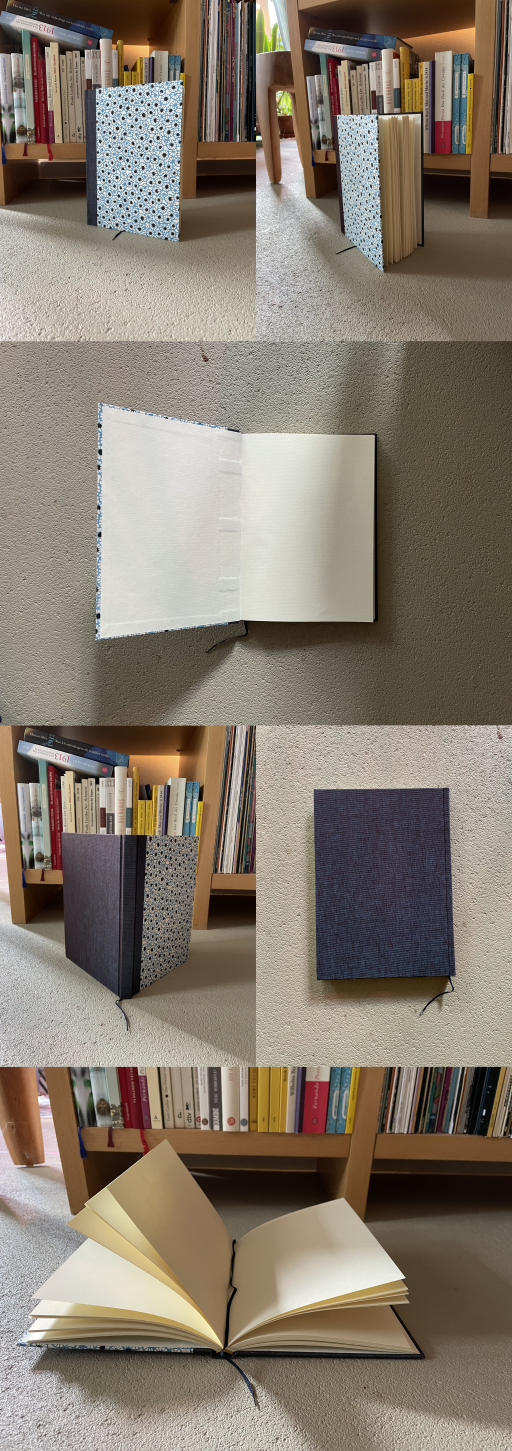
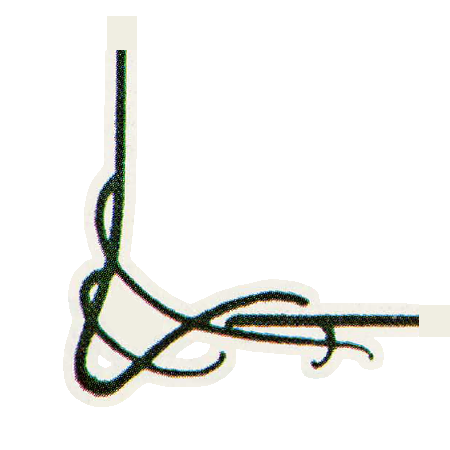


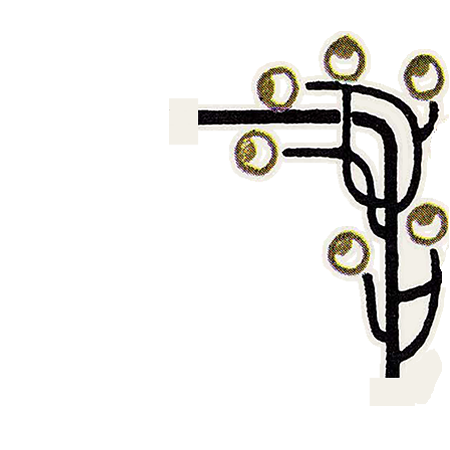

Mein erstes Buch! Also nicht das erste Buch in meinem Leben 🙂 sondern mein erstes selbst hergestelltes Buch. Vielen Dank Frauke, für den tollen Einsteigerkurs!
Front: Japanpapier Chiyogami, Rückseite und Buchrücken: Gewebe “Duo 222, Fango (No.106)”


Ein Herbst/Winterprojekt: 100 Berliner Buchhandlungen werden “erradelt” und auf ihre Stärken und Schwächen abgeklopft. Zuviel oder zuwenig Licht? Gefällt das Sortiment, ist die Bedienung freundlich, hat man genug Platz und Lust zu stöbern, muss man am Boden herumkriechen um die Titel lesen zu können und ist alles zugestellt mit sinnlosem bric-à-brac?
All dies wird hier demnächst besprochen werden in Form von Kommentaren zu diesem post.
Lets read!
Nachtrag – Fazit, 30.03.2023:
100 waren sehr sehr ambitioniert. Ich belasse es erst mal bei 50 – nicht nur wegen des leicht gesprengten Budgets für Buchkäufe 😉
Eine quantitative Auswertung bleibe ich vorerst schuldig und beschränke mich hier auf ein qualitatives Fazit.
Zunächst ist es schön zu sehen, dass Berlin doch noch eine ziemlich große Vielfalt an Buchhandlungen hat, und dass es anscheinend auch noch genügend Menschen gibt, die lesen – das gedruckte Buch lebt! Und mit ihm die Buchhandlungen, von einem radikalen Sterben der Buchläden sehe ich nichts.
Interessanterweise überleben allerdings viele Buchläden trotz dem Umstand dass die Mehrzahl von ihnen in vielen Aspekten mehr oder weniger schlecht designt sind wie ich finde. Schlechte Beleuchtung, beengendes Platzangebot, unübersichtliche Präsentation der Bücher, unerreichbare Bücher, unhygienische Teppiche und Bücher am Boden und Überladung der Verkaufsfläche mit bric-à-brac sind einige dieser Mängel die immer wieder zu beobachten sind. Das alles scheint die meisten LeserInnen aber nicht zu stören, sie kommen trotzdem! Vermutlich sind viele einfach froh, dass es noch Buchläden gibt und stellen keine hohen Ansprüche. Wenn man nie stöbert sondern immer genau weiß welches Buch man will und dieses dann entweder bestellt oder ohnehin immer nur aus dem selben Regal mit den Neuerscheinungen oder Bestsellern nimmt, braucht man auch keine toll durchdachte Buchhandlung (dann könnte man es aber auch online bestellen). Ich scheine jedenfalls eher hohe Ansprüche an eine Buchhandlung zu haben, oder zumindest spezielle. Denn ich lese ja kaum Neuerscheinungen, ob die vorrätig sind oder nicht ist mir also egal! Ich finde eher, dass viele Läden zu starken Fokus auf Neuerscheinungen haben, von denen die meisten ja auch Schrott sind muss man sagen. Wir ist eine gute Auswahl an älteren Büchern, die den “test of time” schon bestanden haben wichtiger. Und ich möchte mich wohlfühlen in einem Buchladen, so wie in meinem Wohnzimmer. Ein solche Atmosphäre zu schaffen gelingt den wenigsten!
Ein rating ist schwierig. Buch Bund ist natürlich mein Liebling. Bei den Läden mit nicht-deutschsprachigem Fokus gefällt mir die französische Zadig sehr gut, bei den english bookshops Saint George. Antiquariate waren nie meine Spezialität, ich komme aber mehr und mehr auf den Geschmack. Mutabor ist da sicher vorne dabei, auch den Berliner Büchertisch finde ich charmant, und die Bücherhalle ist ein Klassiker. Die Konzepte von Extra-Buch und Kisch&Co, neuwertige Bücher aus Rücksendungen zu verkaufen, die nicht der normalen Buchpreisbindung unterliegen finde ich spannend, da man Bücher die sehr gut in Schuss sind sonst zu solchen Preisen nicht bekommt. Wenngleich die genannten Läden generell nicht zu meinen favourites gehören von der Atmosphäre.
Ein paar generelle Hinweise an die BuchhändlerInnen:
Das war’s vorerst, es war ein spannender Bücher Herbst-Winter mit vielen Fahrradkilometern und einer Menge neuer Eindrücke und vor allem: Bücher!
Viel Spaß beim Lesen und Stöbern an alle, B.

Ohne langwierige Kommentare: einige Auszüge aus Texten, die in letzter Zeit an die Oberfläche gestiegen sind (wie die Bläschen im Sauerteig).



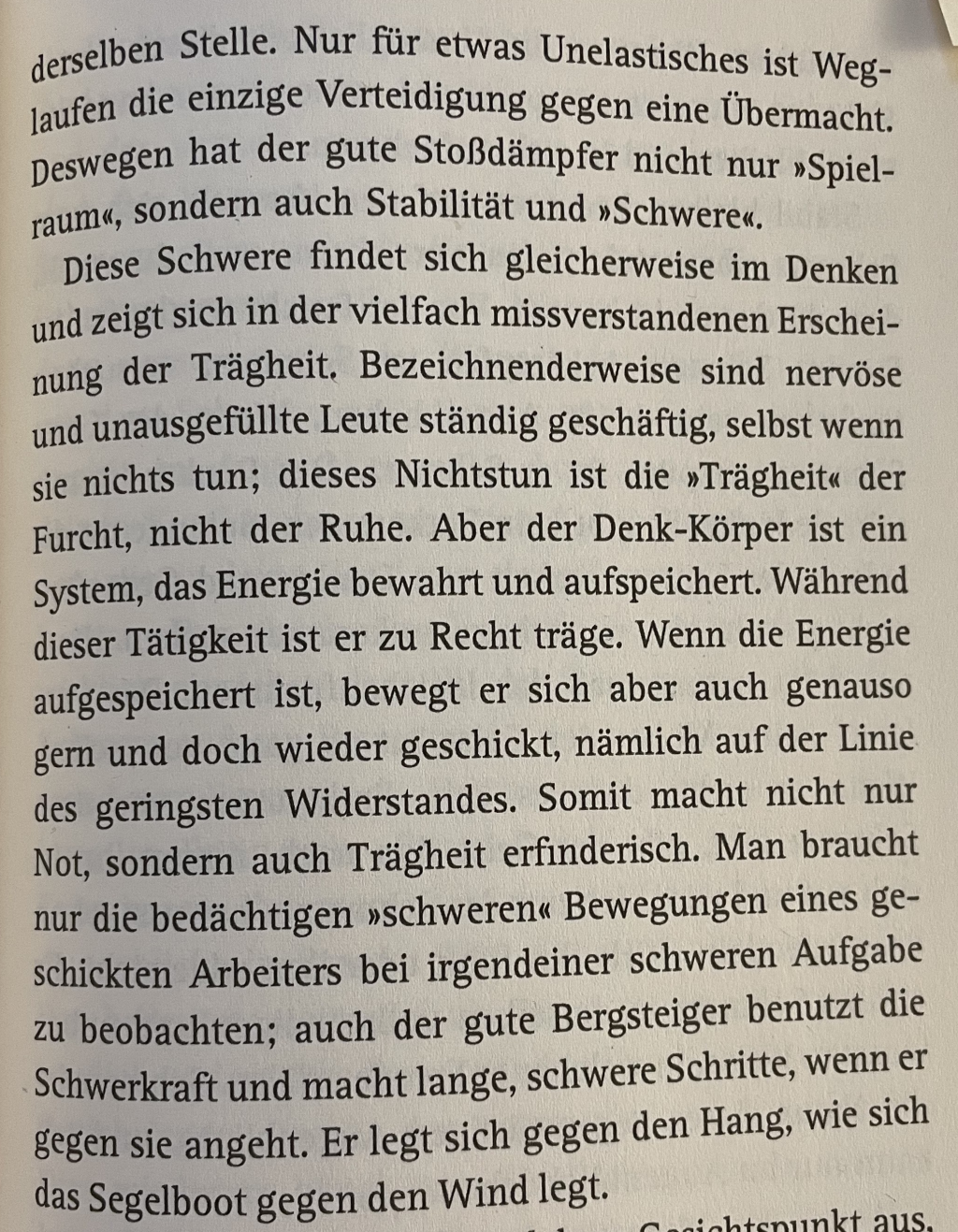


Another year gone by, somewhat low-carb on the sensual side this 2021, much like it’s predecessor, and similarily oblomovian. Landwehrkanal froze and was ice-skated upon, later inflatable boats were rowed on the same canal. Sahara sand flew over Berlin, breads were baked, drinks were mixed, books were read, movies were watched, technology failed. Cats came, cats died. Goodbye FLockerl, you were found dead on the cemetery that was your second home by an old lady – what an iconic way to go. You will be dearly remembered …
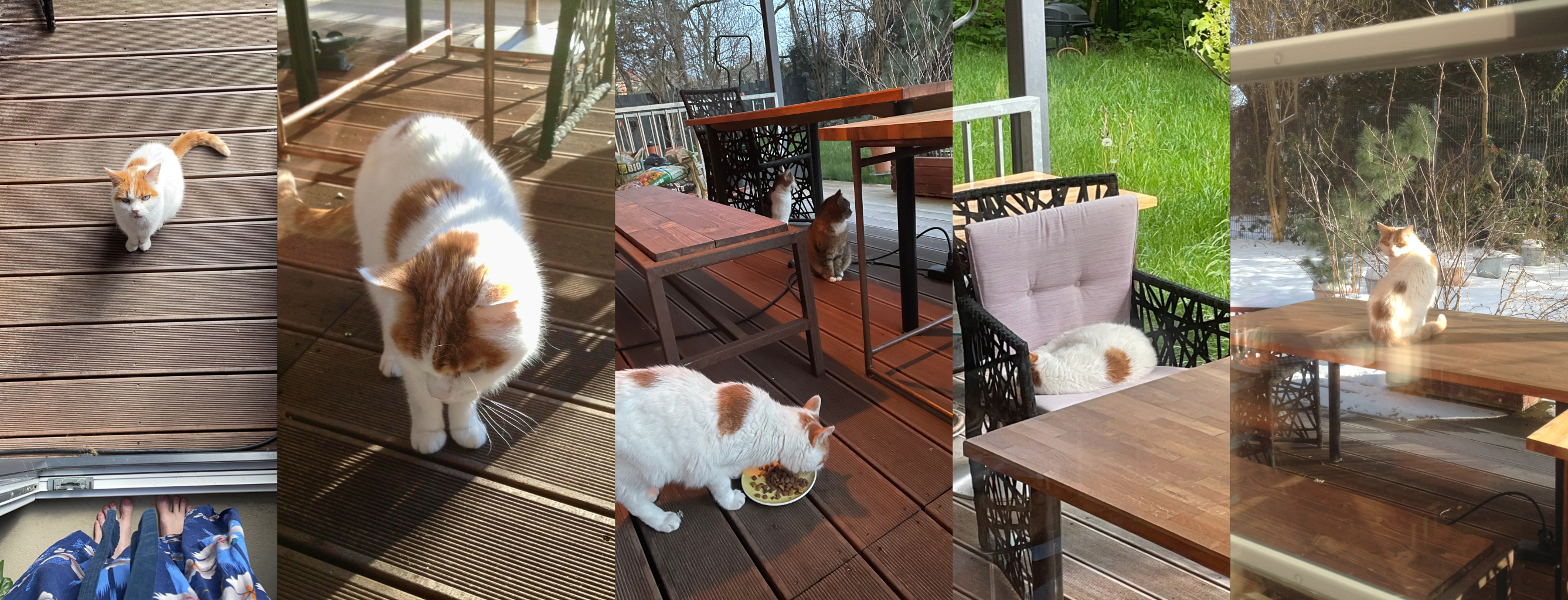
Hedgy & Company are very much alive to the contrary .. growing fatter and bolder, and still preferring cat food over slugs! When there is enough food for everyone, there is peace. But cat food makes you very thristy, so quickly a drink of puro agave! 😉
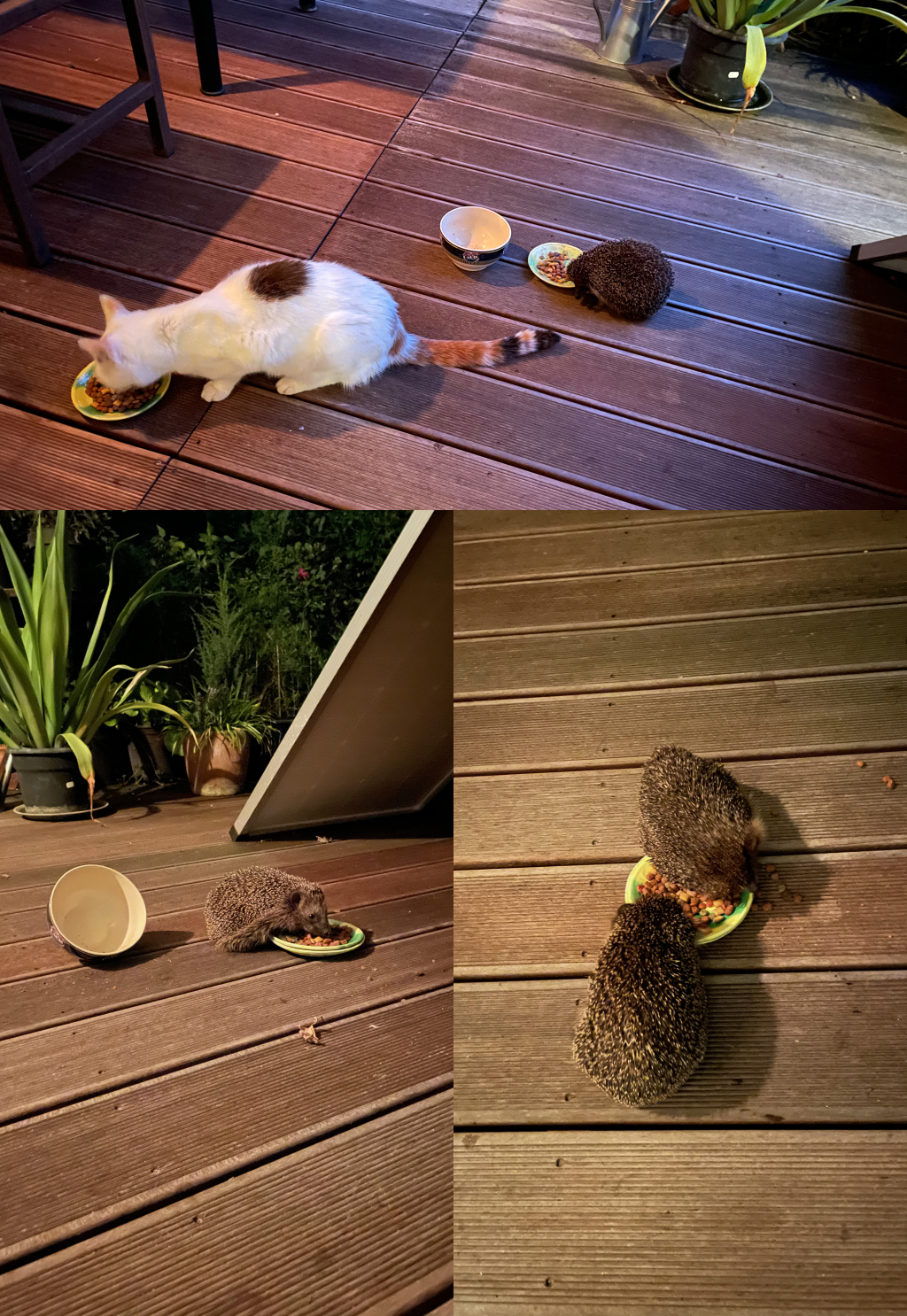
Eine sommerliche remote work + vacation Combo in Hoheneich (und Wien) brachte etwas Abwechslung, das gelegentliche Glaserl “Joiseph”, der Platane beim Wachsen zusehen, Holz einschlichten für den Winter und fast jeden Tag schwimmen im Teich! Du was ham si’ die Zwergerl g’freut jeden Tag beim Pumpen mit dem neuen Brunnen!

Im Garten in Berlin gab’s heuer frische Gurken, stachelig und schneckensicher wuchsen sie prächtig im und aus dem Hochbeet heraus und kletterten an allem was sich links und rechts zum Klettern anbot. Nächstes Jahr bekommt ihr eine Rankhilfe meine grünen Freunde!
A sunny Friday off during late summer led Björn and me on a bike tour through Berlin in search of brutalist and modernist architecture (yes, we had two dedicated maps ;-)) and there was lots of coarse concrete to touch!

Um brutalistische Betonbauten auszubalancieren hilft: der Britzer Garten! Im September gibt es dort ganz grandiose Dahlienbeete zu bestaunen, und auch die eine oder andere fluffy flower from outer space:
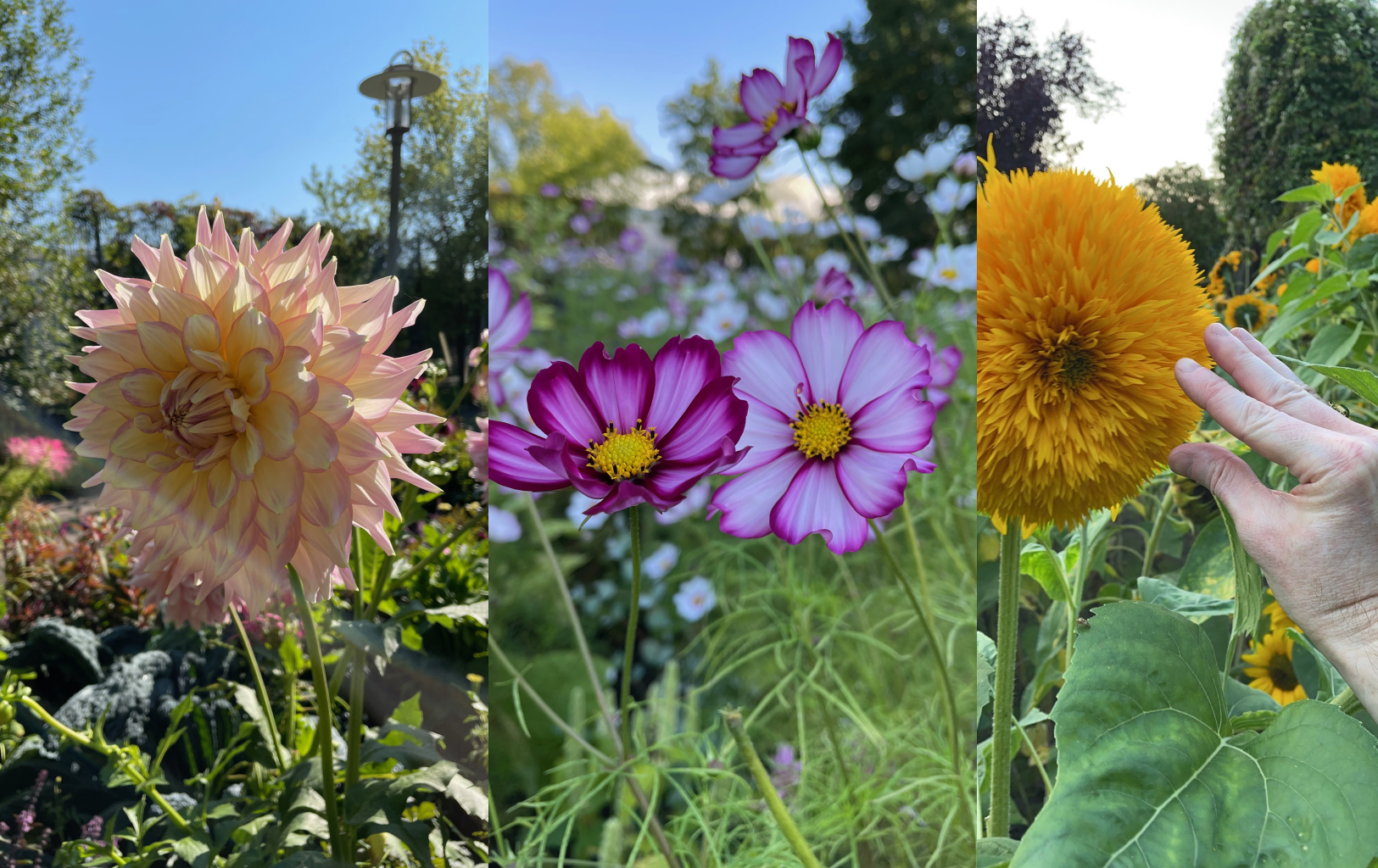
A week on Elba in October gave some time to explore the Tao of Physics (highly recommended – probably the best read of 2021), sample local wines (Aleatico!) and enjoy views from various high spots.
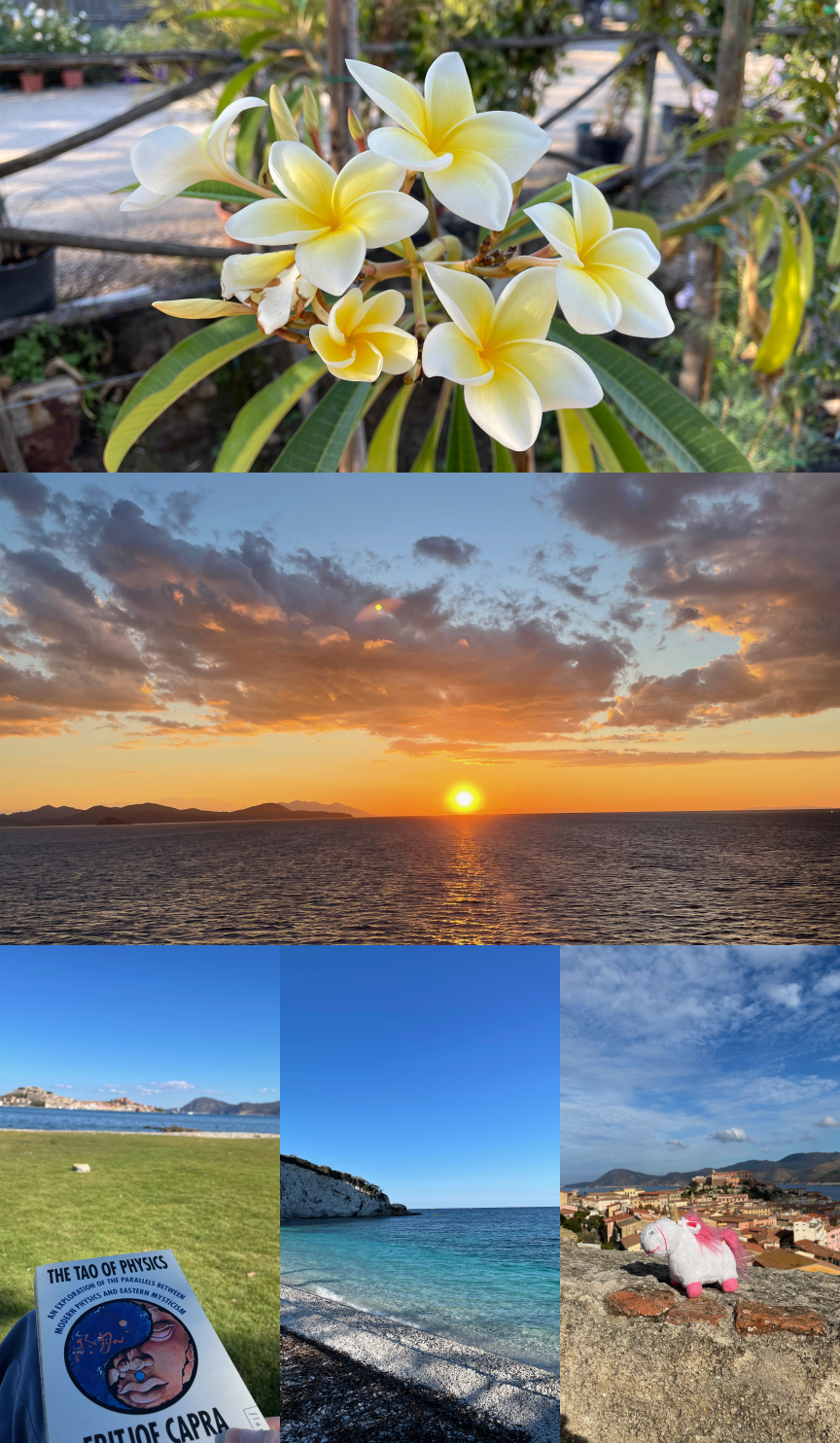
2021 also saw the 20 years anniversary of my master thesis, part of which was completed in Stockholm in 2001. Frequent visits to Stockholm have taken place since then, the latest one last November/December which is a very un-touristy season and very nice just because of that already.
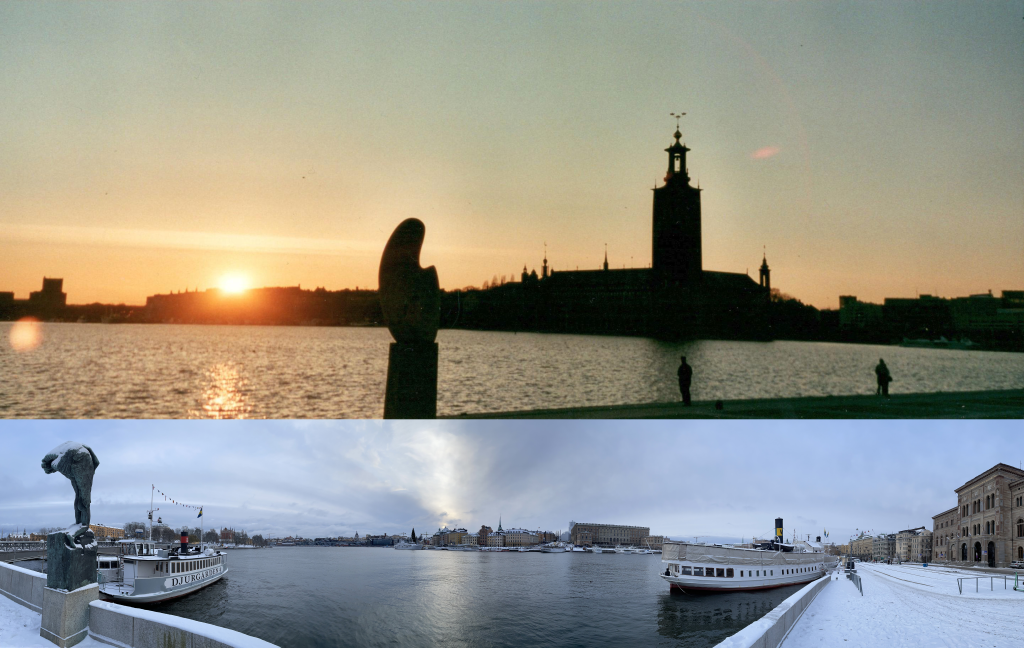
The Buddha is rotated, and many things are askew as we try to embrace the paradoxical nature of the universe and are waiting for the pandemic and capitalism to end (neither of which will of course), so we are only left with practicing our minimal-vogue moves.
This would be how the pros are doing it:
With this, I send you into 2022, practice your floor work and your duck-walk, and may the force be with you, as always!

After last year’s pandemic (out)break, 2021 was again an Impulstanz year! The legacy of founder Ismael Ivo lives on. “Does it dance?” is not the question here – it does!
The weekend started with ALEXANDRA BACHZETSIS / Private Song, by whom I was rewarded to assist in opening the zipper of the latex dress during the performance 🙂
We continued with TRAJAL HARRELL / Maggie The Cat, by which we were unanimously underwhelmed. Maybe having read “Cat on a hot tin roof” would have helped. Maybe not. In the meantime we’ll practise our duck-walk …
The anti-climax came in the very end and was provided by MEG STUART / DAMAGED GOODS, supposedly one of the prime performances of the festival. Also the first ever Impulstanz performance I had to leave before the end, because it was so unbearably banal.
Funnily, others felt the same way apparantly (only I don’t stay until the end to “buh” them – the dancers are not responsible for bad choreography or lack of inspiration by the choreographer):
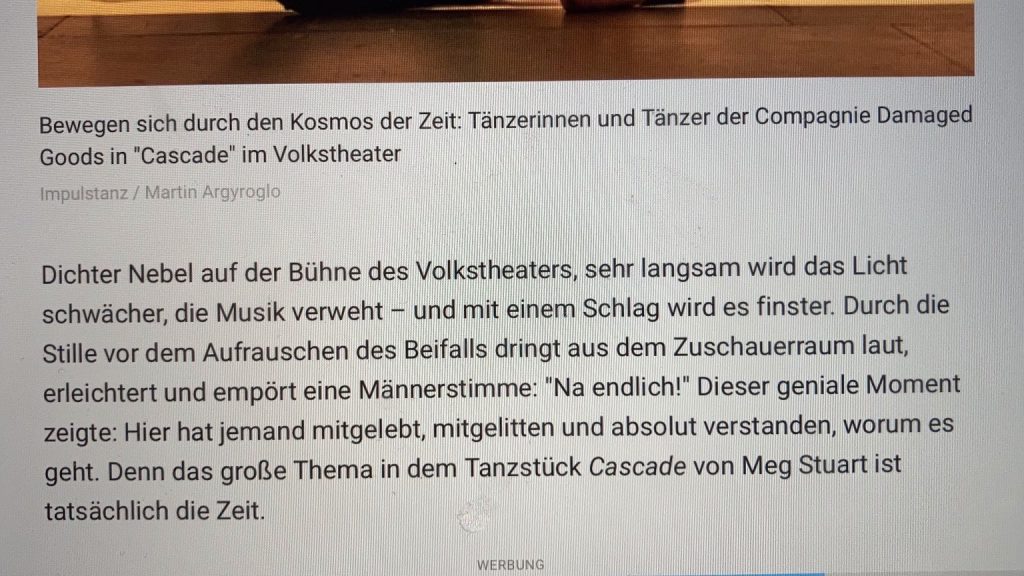

Not surprisingly, the highlight was to be found in what Impulstanz calls “[8:tension] Young Choreographers’ Series”, this time sampled through SOPHIA RODRÍGUEZ / Ostentation Project. 1,5h of pure fabulousness from 23:00-0:30 at Schauspielhaus, complete with life size inflatable jumping castle (with bunny head!) in the end (it’s in the golden bag, believe it or not 😉 ):
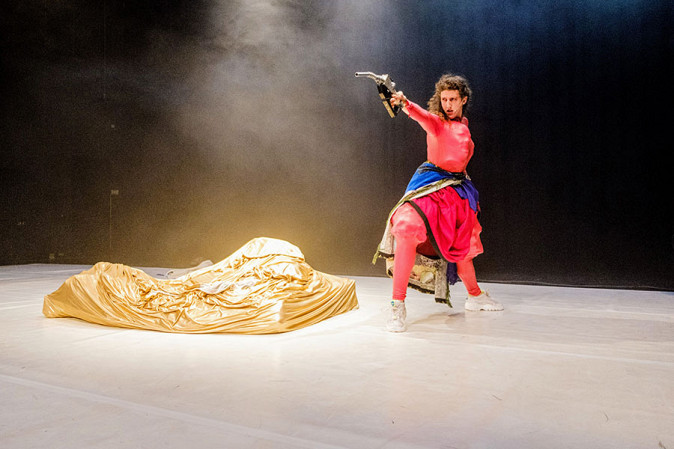
Category “hands” to stand for “legs/feet” in this case.
